Art
Policy by slime mold
Artist Jonathon Keats has checked in with news about his latest project. He's helped arrange for some plasmodial slime molds to become the "first non-human scholars-in-residence" at Hampshire College. The slime molds are being put to work analyzing various complex issues, such as immigration and drug policy, so that we can all benefit from "the unbiased insights of slime molds."The slime molds have already recommended that cannabis should be legalized:
More info: The Plasmodium Consortium, Hampshire.edu

Posted By: Alex - Wed Mar 07, 2018 -
Comments (4)
Category: Art, Universities, Colleges, Private Schools and Academia
Mystery Illustration 69
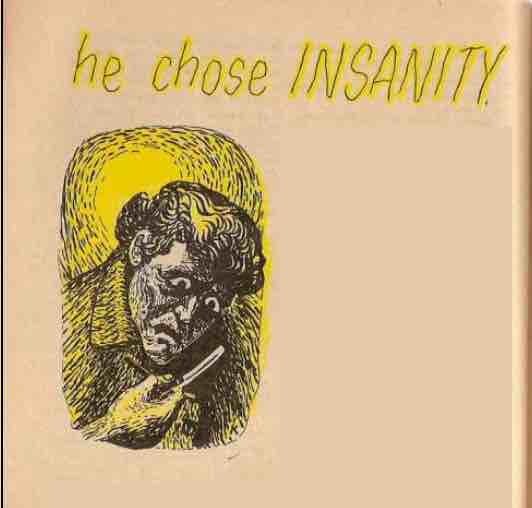
This illustration allegedly depicts a world-famous artist and his path of mad creativity. Who can it be?
The answer is here (page 13).
And after the jump.
More in extended >>
Posted By: Paul - Wed Mar 07, 2018 -
Comments (5)
Category: Art, Mental Health and Insanity
Missing Cat Poster or Art?
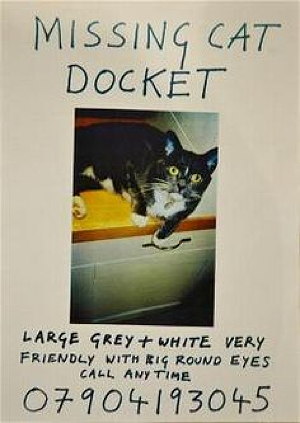
In 2002, artist Tracey Emin's cat, Docket, went missing. So she put up 'missing cat' posters around her neighborhood. But since she was a famous artist, people immediately began taking the posters down and selling them. Reportedly, they fetched prices as high as £500 each.
This prompted a spokeswoman from Emin's gallery to issue a statement: "Tracey does deal with memorabilia, but the posters are not works of art, it's simply a notice of her missing cat to alert neighbours."
Artist Tamarin Norwood, on her blog, offers these thoughts on the sociology of what was going on with the pilfered Missing Cat posters:
Incidentally, Docket was eventually found.
More info: BBC News (Mar 28, 2002)
Posted By: Alex - Thu Feb 22, 2018 -
Comments (4)
Category: Art, Cats, 2000s
Artwork Khrushchev Probably Would Not Have Liked 10
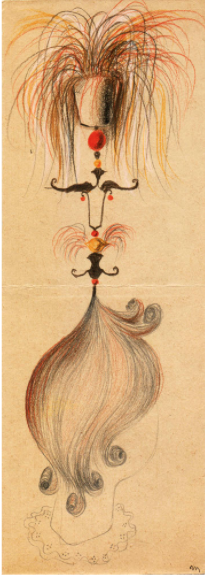
I think it's unfair that we have not yet allowed a female artist to rile up Khrushchev. So here is Hedda Sterne with "Cadavre exquis 259," 1930-1932.
Posted By: Paul - Mon Feb 12, 2018 -
Comments (2)
Category: Art, Avant Garde, 1930s, Women, North America, Russia
Artwork Khrushchev Probably Would Not Have Liked 9
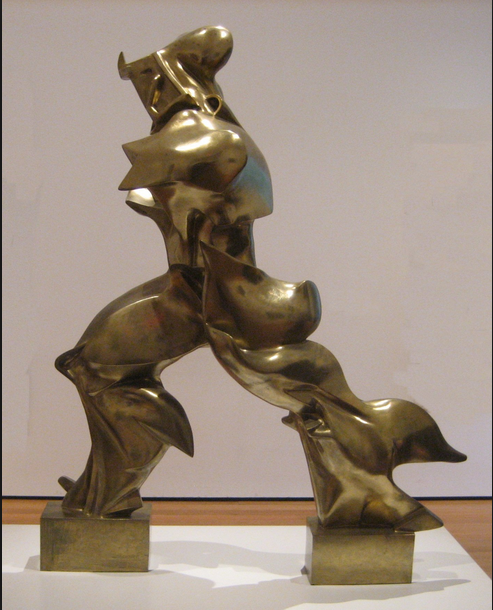
"Unique Forms of Continuity in Space," 1913 bronze by Umberto Boccioni
More info on the artist.
Posted By: Paul - Thu Jan 25, 2018 -
Comments (2)
Category: Art, Avant Garde, 1910s, Russia
Heidi Lee’s Hats
Posted By: Paul - Wed Jan 10, 2018 -
Comments (2)
Category: Art, Avant Garde, Surrealism, Eccentrics, Headgear
Fall
Dutch conceptual artist Bas Jan Ader (1942-1975) created a series of short films of himself falling down in various situations, such as from a roof and out of a tree.Ader is one of the few people who ever literally died for their art. In 1975, he attempted to make a solo Atlantic crossing in the smallest boat ever. It was supposed to be part of an extended art project about a lonely figure in search of the miraculous. His boat made it across, but he didn't.
More info: wikipedia
Posted By: Alex - Tue Dec 26, 2017 -
Comments (3)
Category: Art, Avant Garde
Neverlasting Miracles
I just received my contributor's copy of this phenomenal book, full of the most gorgeous weird art by my friend Todd Schorr. My part in it was tiny, just a small essay on the art. But I am extremely proud to be connected in any way with this genius work.A perfect gift for yourself or other weirdos!
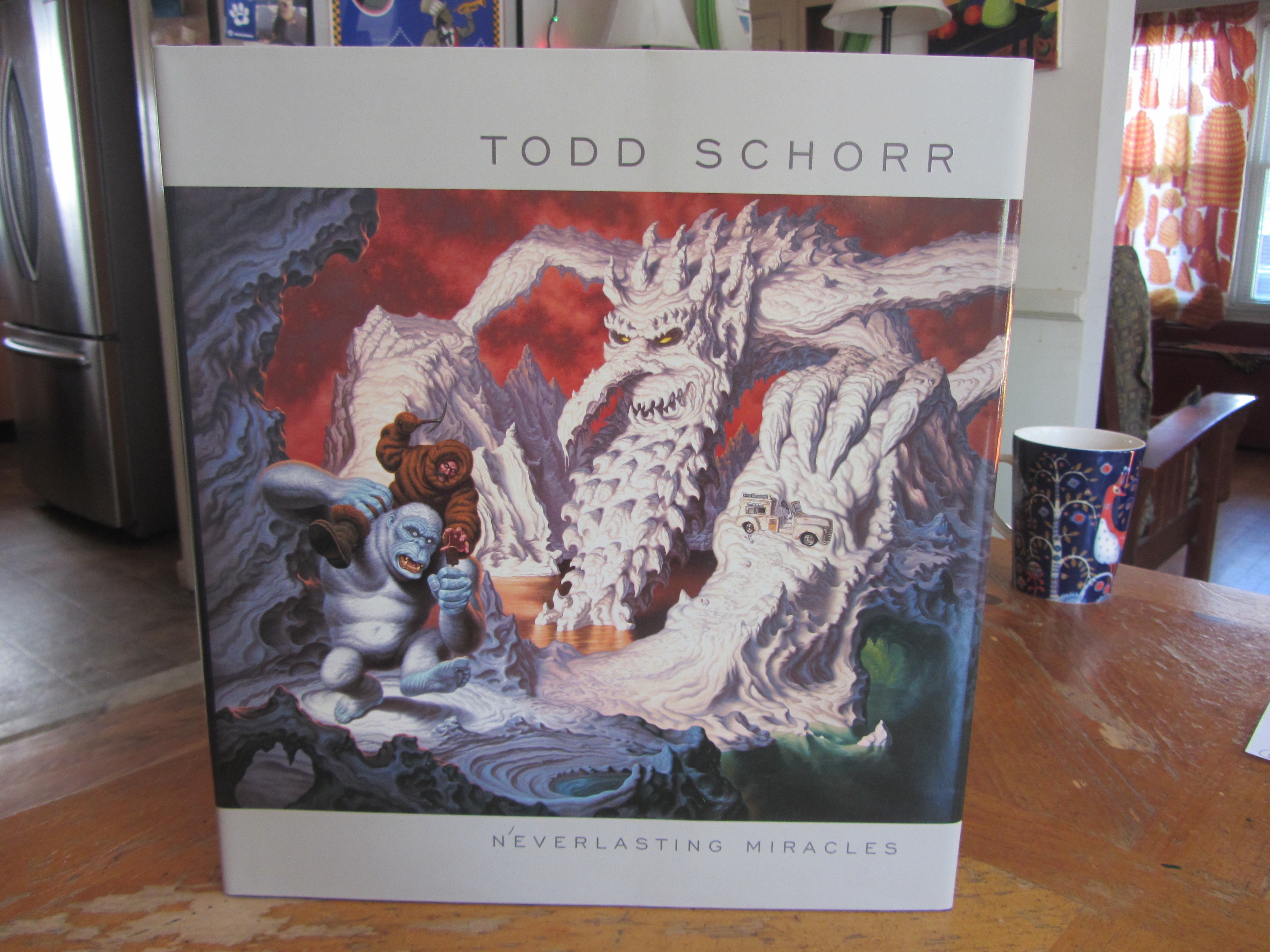
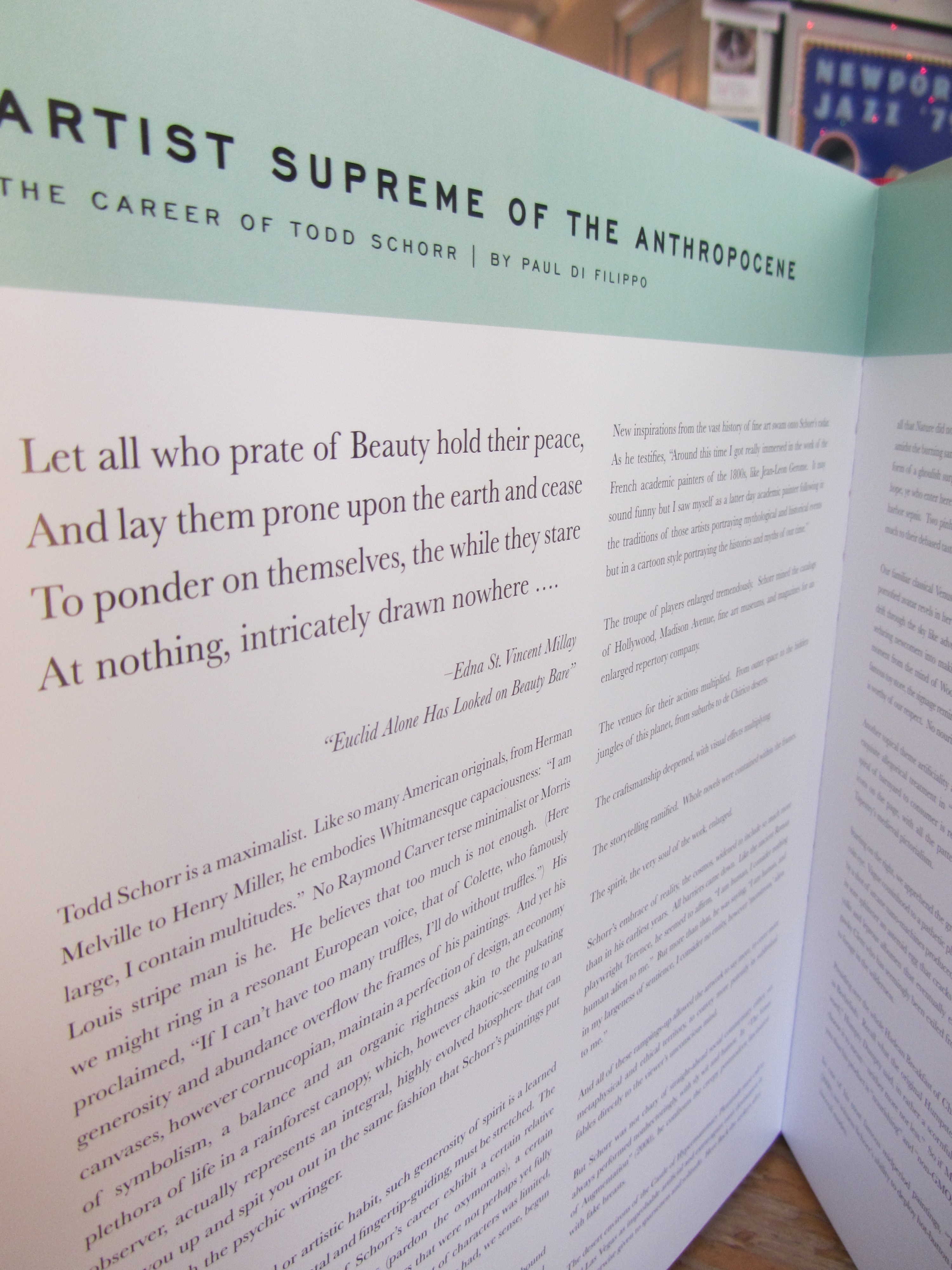
Posted By: Paul - Sun Dec 17, 2017 -
Comments (0)
Category: Art, Surrealism, Books, Paul
Tempest, by Robert Seidel
tempest | robert seidel | digital graffiti festival | florida 2017 from Robert Seidel on Vimeo.
Essentially, similar to those projectors that cast Christmas snowflakes on your ranch house.
Posted By: Paul - Sat Dec 09, 2017 -
Comments (0)
Category: Art, Avant Garde, Psychedelic, Twenty-first Century
Artwork Khrushchev Probably Would Not Have Liked 8
Continuing our series of esthetic creations that would probably have displeased stern traditionalist Nikita Khrushchev.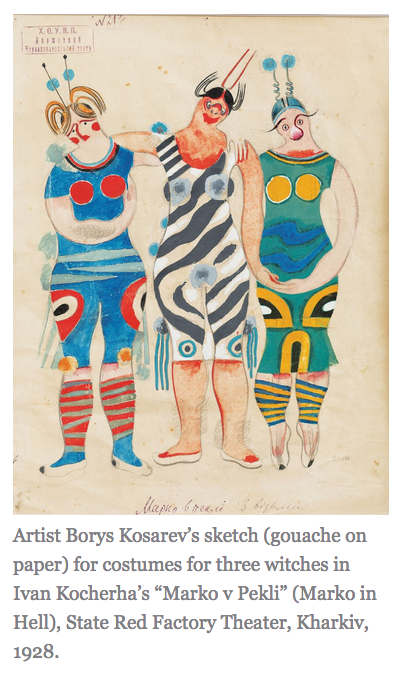
About the artist.
Posted By: Paul - Fri Dec 08, 2017 -
Comments (2)
Category: Art, Avant Garde, 1920s

| Who We Are |
|---|
| Alex Boese Alex is the creator and curator of the Museum of Hoaxes. He's also the author of various weird, non-fiction, science-themed books such as Elephants on Acid and Psychedelic Apes. Paul Di Filippo Paul has been paid to put weird ideas into fictional form for over thirty years, in his career as a noted science fiction writer. He has recently begun blogging on many curious topics with three fellow writers at The Inferior 4+1. Contact Us |




